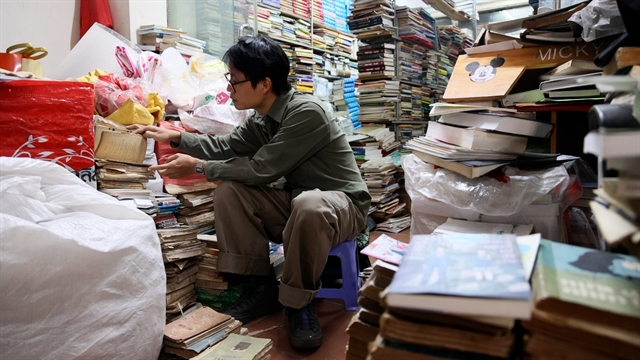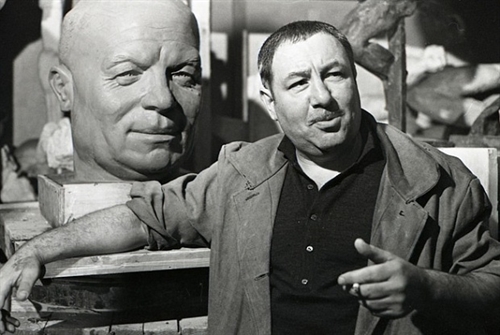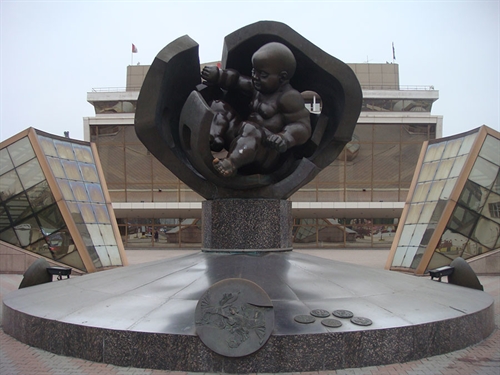 Life & Style
Life & Style

Ernst Neizvestny, a Russian-born sculptor who publicly debated modern art with Soviet leader Nikita Khrushchev and went on to create his final memorial, died in the US on Tuesday.
 |
| Ernst Neizvestny -- sculptor who stood up to Khrushchev’s criticism -- has died, aged 91. — Photo theartnewspaper.com |
MOSCOW – Ernst Neizvestny, a Russian-born sculptor who publicly debated modern art with Soviet leader Nikita Khrushchev and went on to create his final memorial, died in the US on Tuesday.
Neizvestny, known for his dynamic monumental works, died in New York, US-based journalist Oleg Sulkin announced on Facebook early Wednesday morning.
Neizvestny, who was forced to leave the Soviet Union in the 1970s, famously confronted Khrushchev in 1962 at The New Reality contemporary art show in central Moscow.
Khrushchev came to view the exhibition and, encouraged by his entourage, launched a tirade against the artists, calling them "degenerates".
But Neizvestny, a burly decorated war hero, spoke back to the Soviet leader, insisting that he show his work while attempting to explain it.
"I’m not afraid of your threats," the artist reportedly told Khrushchev, he recalled in a 1979 interview.
Khrushchev accused him of wasting metal that could be used in industry and advised him to go and live abroad, sparking a purge of artists.
Afterwards Neizvestny was expelled from the Union of Artists.
’There’s the devil in you’
Yet the men developed an unlikely rapport.
"You’re an interesting person," Khrushchev told the artist. "There’s the devil in you but an angel somewhere too." "Despite the atmosphere of fear, it was easy to talk to him," Neizvestny said.
"Khrushchev spoke directly... which made it possible for me to answer him directly." Khrushchev died in 1971 after being removed as Soviet leader and, at his family’s request, Neizvestny created his memorial in Moscow’s Novodevichy cemetery.
The striking black-and-white composition with Khrushchev’s head in the middle symbolised the Thaw leader’s contradictory personality traits and was designed in the style he had once condemned.
Neizvestny was born in 1925 in the Urals city of Sverdlovsk, now Yekaterinburg in western Russia.
He fought in World War II and was seriously wounded and decorated for bravery.
After the war he studied art in Riga and Moscow and swiftly won recognition.
He emigrated from the Soviet Union in 1976 citing "aesthetic differences with the regime," moving first to Switzerland and then to the US, where he taught at several universities.
Culture Minister Vladimir Medinsky and other senior officials expressed their condolences following the artist’s death. — AFP
 |
| Golden Child sculpture by Ernst Neizvestny in Odessa. — Photo rt.com |